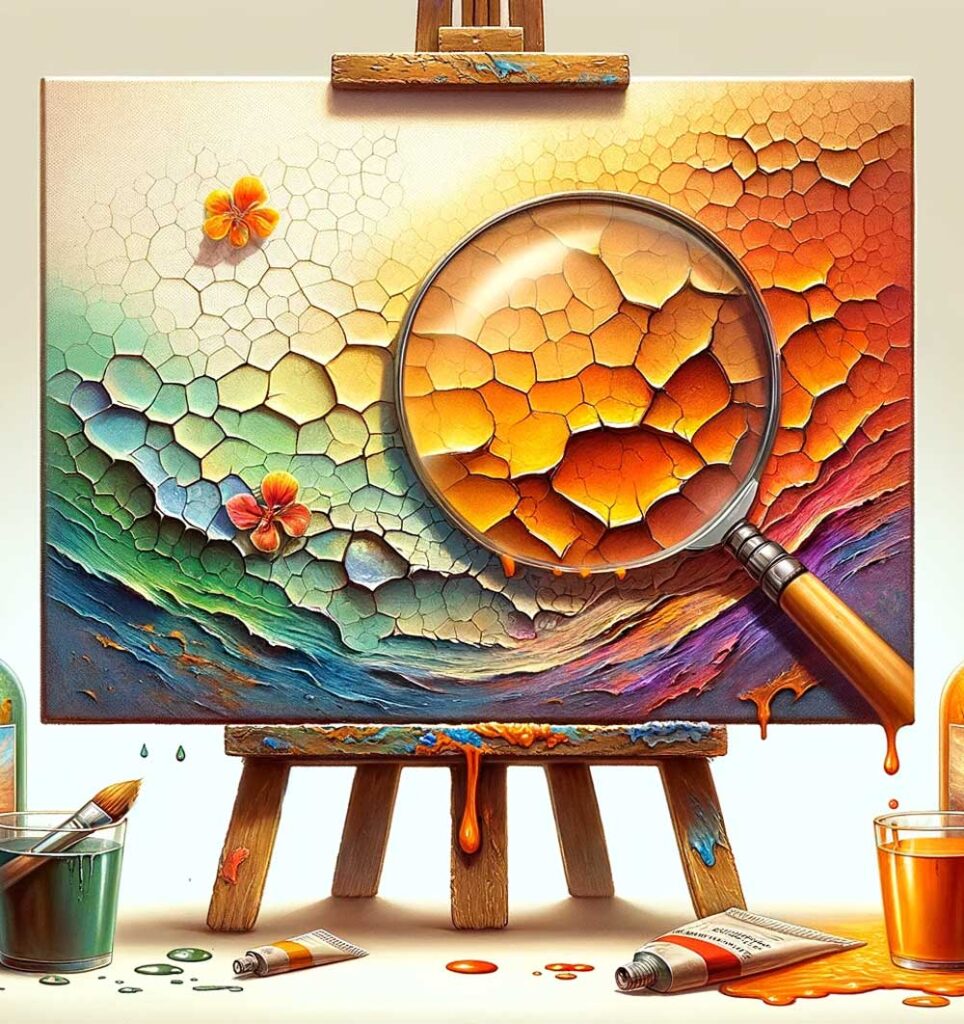
Ensuring Art’s Longevity: Strategies for Durable Oil Paintings
As artists, our relationship with our materials is foundational to our creative expression. The colors we choose, the textures we explore, and the mediums we employ all converge to bring our visions to life. Yet, the materials we use, especially oil paints, possess their own inherent characteristics and behaviors over time. Recent research sheds light on these dynamics, offering insights that can guide our practices and the longevity of our artworks. In this article, we focus on strategies for oil painting durability based on a study published in “Shrinkage and mechanical properties of drying oil paints.”
The Evolution of Oil Paints: A Closer Look
Oil paints are known for their rich textures and vibrant colors. However, beneath their static appearance, these materials undergo a complex transformation as they age. This evolution impacts not only the visual aspects of the paint but also its physical integrity.
Studies reveal that as oil paints dry and mature, they become stiffer and more brittle. This change is due to the molecular composition of the oil binder transitioning into an aged solid film. Over time, this results in cumulative shrinkage—a process influenced by the molecular relocation and evaporation of the organic medium within the paint.
Navigating the Cracks: Implications for Your Art
One of the most significant findings from recent research is the identification of a worst-case scenario for oil painting cracking. Initially, it was believed that the glue-based ground layer’s response to variations in relative humidity was the primary factor in the fracturing of the entire pictorial layer. However, it turns out that some paints can be more brittle than the ground layer itself, making them more susceptible to cracking.
This understanding challenges previous models and emphasizes the need for artists to consider the long-term behavior of their materials. For instance, cumulative shrinkage can cause paints to crack even without fluctuations in relative humidity or temperature, posing a risk to the artwork’s longevity.
Best Practices for Artists: Ensuring the Longevity of Your Work
To mitigate these risks, artists can adopt several best practices:
- Material Selection: Choose high-quality paints known for their durability. Some pigments and binders offer better long-term stability than others.
- Ground Preparation: Pay attention to the preparation and selection of your ground layer. A stable, compatible ground can reduce the risk of cracking.
- Environmental Controls: While certain changes in paint are inevitable, maintaining a stable environment can minimize stress on the material. Aim for consistent humidity and temperature levels in your studio and storage areas.
- Informed Techniques: Understanding the aging process of oil paints can inform your technique. For example, layering and mixing practices might be adjusted to enhance the stability of the paint film.
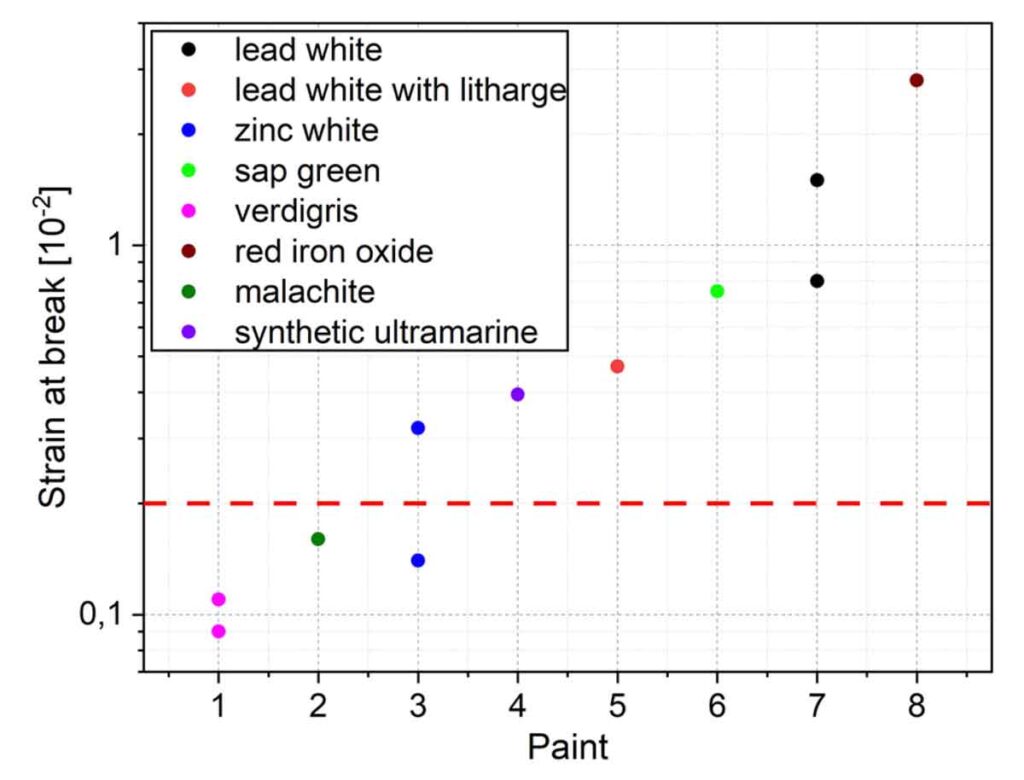
The strain at break for the oil paints were investigated in this study. Strain at break of 0.002 characteristic of the glue-based ground is marked with a red dashed line. See note below.
The study reveals that of the pigments studied, lead white offers artists the best flexibility as it ages. Lead white forms tough and durable films that continue to get stiffer and stronger with time without becoming excessively brittle. This durability is accompanied by a modest reduction in the strain (elongation) at break, meaning that even as the paint ages, it preserves a considerable degree of its flexibility.
This behavior contrasts with other pigments like zinc oxide, which, although it increases in stiffness and strength over time, experiences a severe reduction in its strain at break, making the paints extremely brittle. Similarly, paints containing pigments like synthetic ultramarine and malachite initially show comparatively low stiffness but experience dramatic increases in stiffness during the late drying stage, potentially leading to increased brittleness.
Therefore, for artists seeking materials that maintain flexibility and are less prone to cracking over long periods, lead white is the superior choice among the pigments studied.
Best Practices for Artists
1. Pigment Selection
- Opt for Lead White: For foundational layers and mixes, consider using lead white, as it demonstrates superior flexibility and durability over time compared to other pigments like zinc white or synthetic ultramarine.
- Understand Pigment Properties: Research and choose pigments not only for their color but for their long-term stability and mechanical properties. Pigments based on iron oxides, such as natural earth pigments, offer long-term stability and lightfastness.
2. Ground Preparation
- Use a Compatible Ground: Ensure the ground layer is compatible with the oil paints you’re using. A stable, appropriately prepared ground can significantly reduce the risk of cracking and delamination. Oil grounds composed of lead white are among those that offer greater stability in the long term.
- Avoid Excessive Absorbency: Highly absorbent grounds can lead to increased brittleness in paint films. Oil grounds provide the optimal degree of absorption and flexibility. Acrylic dispersion grounds are more absorbent than oil and alkyd grounds. Consider sealing the ground appropriately to control absorbency levels.
3. Paint Application Techniques
- Layer Thickness: Apply paint in moderate, even layers. Extremely thick layers of paint are more prone to cracking due to uneven drying and shrinkage.
- Drying Time Between Layers: Allow sufficient drying time between layers to minimize stress and reduce the risk of cracking.
4. Environmental Conditions
- Stable Climate: Maintain a stable environment with consistent humidity and temperature levels to minimize material stress. Extreme fluctuations can accelerate degradation.
- Avoid Direct Sunlight: Exposure to UV light can degrade paint materials over time. Position artworks away from direct sunlight or use UV-protective glazing.
5. Varnishing
- Use Protective Varnish: Applying a varnish can protect the paint surface from dust, UV light, and minor physical damage. Select a varnish compatible with your oil paint and ground for optimal protection.
6. Storage and Display
- Proper Framing: Use quality materials for framing to provide additional support and protection. Ensure the frame design allows for natural expansion and contraction of the canvas or panel.
- Controlled Display Conditions: Display artworks in environments with controlled lighting, humidity, and temperature. Avoid placing art near heat sources or in damp areas.
7. Monitoring and Maintenance
- Regular Inspections: Periodically examine your works for signs of aging or damage. Early detection of issues like cracking or delamination can allow for timely conservation interventions.
- Professional Conservation: For significant works, consult with conservation professionals for advice on preservation techniques and interventions.
By integrating these practices into their workflow, artists can significantly enhance the longevity and stability of their oil paintings. Understanding the material science behind paint aging enables artists to make informed choices that contribute not only to the aesthetic qualities of their work but also to its enduring legacy.
Conclusion
The journey of an oil painting from palette to canvas to gallery wall is filled with more than just artistic expression—it’s a complex interplay of materials evolving over time. By understanding these dynamics, artists can make informed decisions about their materials and techniques, ensuring their art withstands the test of time. Let’s embrace these insights not just as limitations but as guides to enriching our creative practices and the legacy of our art.
Note: This article is based on the latest scientific research on the aging and mechanical properties of oil paints. For a deeper dive into the study, artists are encouraged to explore the detailed findings to enhance their practice.
Frequently Asked Questions
Is oil paint more durable than acrylic?
The durability of oil versus acrylic paints is a nuanced topic. Oil paints, known for their depth of color and flexibility, undergo a complex drying process that can lend paintings a longevity spanning centuries, as seen in many historical artworks. However, this longevity comes with vulnerabilities, such as cracking and color yellowing over time due to the paint’s evolving molecular structure.
Acrylic paints, on the other hand, dry quickly through the evaporation of water, resulting in a more stable and less prone to cracking surface. They resist yellowing and are generally more stable under UV light. However, given their relatively recent introduction in the mid-20th century, acrylics have not yet stood the test of time like oil paints.
In summary, both mediums offer durability, but their longevity may depend on factors like the quality of the materials used, the environmental conditions of display or storage, and the painting techniques employed.
Do professional artists use oil or acrylic paint?
Professional artists use both oil and acrylic paints, depending on their specific requirements, the desired outcomes for their work, and personal preferences.
Oil paints are prized for their richness, blendability, and depth they bring to artwork. They allow for extended working times due to their slow drying properties, which is beneficial for techniques that require blending and layering.
Acrylic paints are favored for their versatility, quick drying times, and water solubility. They offer a wide range of consistencies and finishes, from heavy body paints that retain brush strokes to fluid acrylics ideal for glazing and watercolor techniques.
Many professional artists use both mediums in their practice, sometimes even within the same artwork, to exploit the unique advantages each offers. The choice between oil and acrylic paints often comes down to the specific project needs, artistic preference, and the environmental considerations of the artist’s workspace.
Note
“Strain at break” is a term used in material science to describe the extent to which a material can be deformed or stretched before it breaks or fractures. It’s a measure of a material’s ductility, indicating its ability to undergo plastic deformation without failure. In the context of oil paints, this concept is particularly relevant when assessing the paint’s durability and flexibility as it ages.
The strain at break of 0.002 refers to the strain at break for the glue-based ground used beneath the paint layer, measured in a unitless form as it’s a ratio (such as the change in length divided by the original length). The red dashed line visually represents this critical threshold, highlighting the point at which the glue-based ground can no longer stretch without breaking, providing a benchmark against which the flexibility and durability of the oil paint can be assessed.
Reference
Janas, A., Mecklenburg, M.F., Fuster-López, L. et al. Shrinkage and mechanical properties of drying oil paints. Herit Sci 10, 181 (2022). https://doi.org/10.1186/s40494-022-00814-2 https://rdcu.be/dDjcl


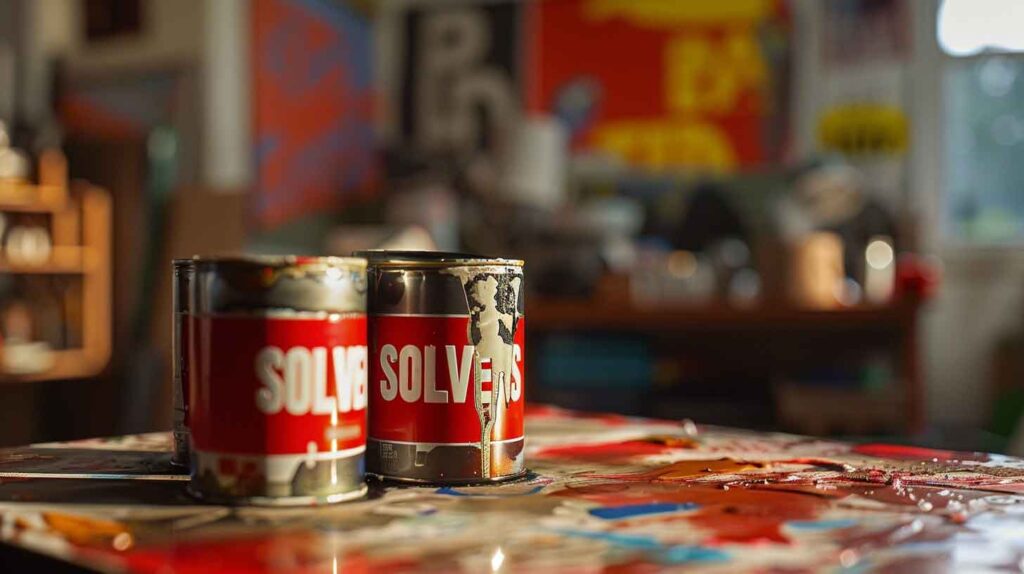
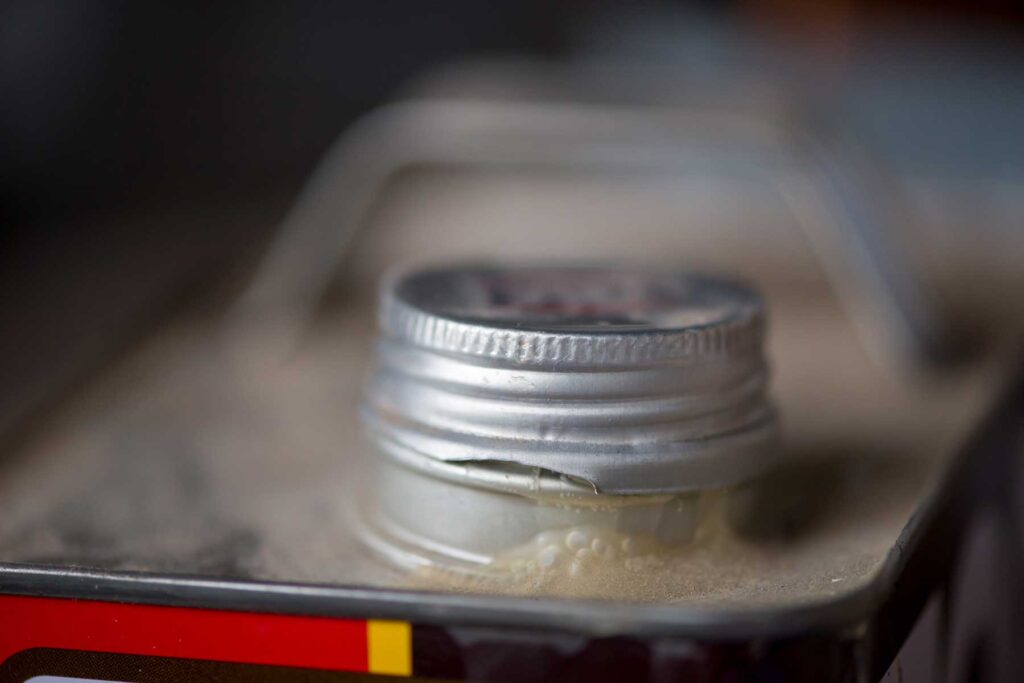
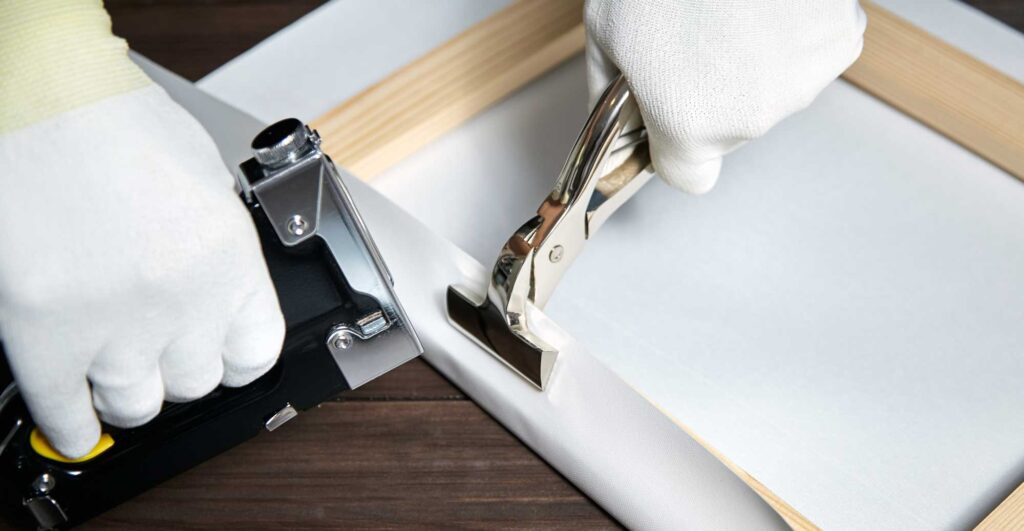
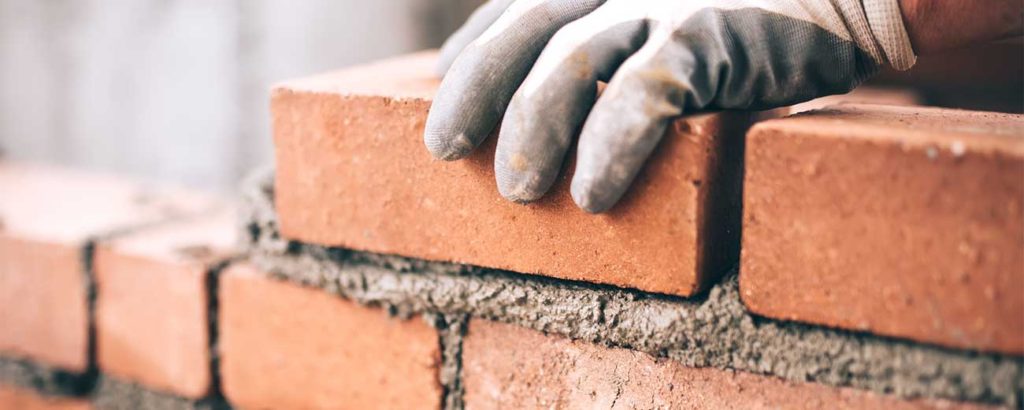

Responses